10 Best Herbal Baths For Leg Cramps

Herbal baths can be an effective natural remedy for relieving leg cramps by promoting muscle relaxation and improving circulation.
Herbs such as lavender, chamomile, and eucalyptus are commonly used in these baths due to their soothing and anti-inflammatory properties. Soaking the legs in warm water infused with these herbs can help ease tension and reduce the frequency of cramps. To prepare an herbal bath, simply add a few tablespoons of dried herbs to a basin of warm water and soak for 15 to 30 minutes.
Regular use of herbal baths may offer long-term relief and support overall muscle health.
FREE Herb Drying Checklist
How to make sure every batch retains maximum flavor, color, and aroma without the risk of mold or over-drying. Eliminate guesswork and trial-and-error, making herb drying faster, easier, and more efficient every time.
Table of Contents
1. Equisetum arvense

Equisetum arvense, commonly known as horsetail, has been traditionally used in herbal baths to alleviate leg cramps due to its high concentration of silica and other minerals that may enhance muscle function and circulation.
When infused into warm water, the herbal bath can help relax tense muscles and reduce the frequency and intensity of cramps. The anti-inflammatory properties of horsetail may also contribute to easing discomfort associated with muscle spasms. Some users report improved flexibility and reduced muscle fatigue after regular use of horsetail baths.
However, it is important to consult with a healthcare professional before using horsetail, as it may interact with certain medications or have side effects for some individuals.
2. Urtica dioica

Urtica dioica, commonly known as stinging nettle, has been traditionally used in herbal baths to alleviate symptoms such as leg cramps.
The plant contains various bioactive compounds, including silica, potassium, and flavonoids, which may help reduce muscle inflammation and improve circulation. When used in a bath, the leaves are often steeped in hot water to release their nutrients, creating a soothing and therapeutic soak. This natural remedy is believed to relax muscles and ease discomfort associated with cramps, making it a popular choice for those seeking alternative treatments.
However, it is important to ensure proper preparation and to consult with a healthcare provider before use, especially for individuals with allergies or existing health conditions.
3. Valeriana officinalis
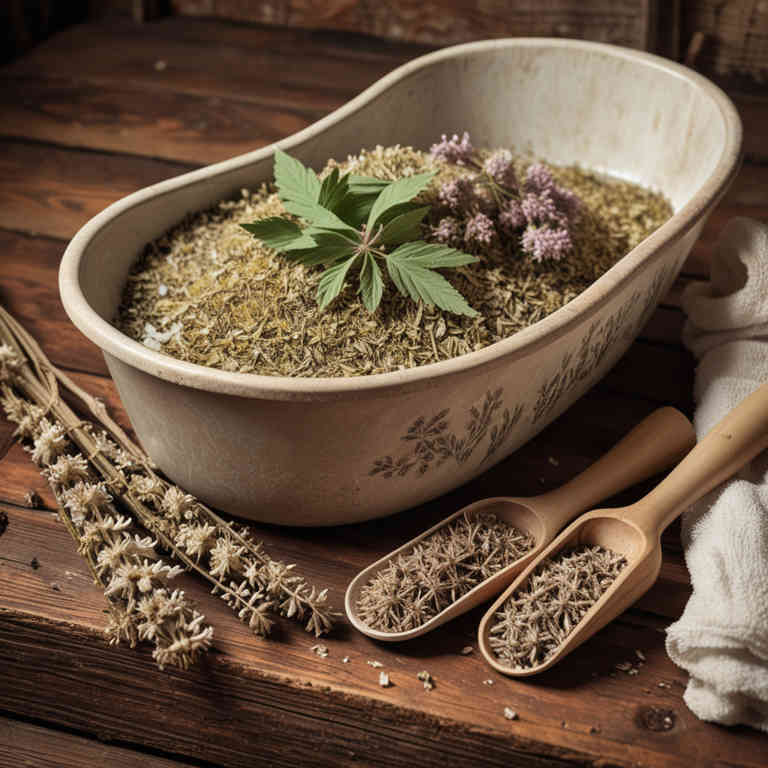
Valeriana officinalis, commonly known as valerian, is a herbal remedy traditionally used for its calming and muscle-relaxing properties.
When used in herbal baths, valerian can help alleviate leg cramps by promoting muscle relaxation and reducing tension. To prepare a valerian bath, a few tablespoons of dried valerian root can be steeped in hot water and then added to a warm bath. Soaking in this bath for 15 to 20 minutes may help ease discomfort and improve circulation in the legs.
This natural approach is often favored by those seeking gentle, non-pharmacological relief for occasional leg cramps.
4. Lavandula angustifolia

Lavandula angustifolia, commonly known as English lavender, is often used in herbal baths to alleviate symptoms of leg cramps due to its calming and muscle-relaxing properties.
When infused into bathwater, lavender essential oil or dried lavender flowers release soothing aromas and compounds that help reduce muscle tension and promote relaxation. The warm water combined with lavender's anti-inflammatory and antispasmodic effects can ease the discomfort of leg cramps and improve circulation. Regular use of lavender-infused baths may also help prevent future cramps by reducing overall muscle stress and promoting better sleep.
This natural remedy offers a safe and aromatic alternative for those seeking relief from leg cramps without the use of pharmaceuticals.
5. Achillea millefolium

Achillea millefolium, commonly known as yarrow, has been traditionally used in herbal baths to alleviate symptoms such as leg cramps due to its anti-inflammatory and circulatory-stimulating properties.
When infused into warm water, yarrow can help relax muscle tension and improve blood flow, which may reduce the frequency and intensity of cramps. The calming effect of the herb may also provide a soothing experience, promoting overall muscle relaxation. To prepare a yarrow bath, simply steep a handful of dried yarrow flowers in hot water for several minutes before adding it to a tub of warm water.
While herbal baths can be a natural and comforting remedy, it is advisable to consult with a healthcare provider before using them, especially for individuals with existing medical conditions or those taking medications.
6. Hypericum perforatum

Hypericum perforatum, commonly known as St. John's Wort, has been traditionally used in herbal baths to alleviate symptoms such as leg cramps.
When infused into warm water, the compound's essential oils and flavonoids may help reduce muscle tension and promote relaxation. The anti-inflammatory and analgesic properties of hypericum perforatum can soothe sore muscles and ease the discomfort associated with leg cramps. To prepare the bath, a few tablespoons of dried hypericum perforatum can be steeped in hot water for several hours before being strained and added to a warm bath.
While herbal baths may offer relief, it is advisable to consult a healthcare professional before use, especially for individuals taking medications that may interact with St. John's Wort.
7. Cnicus benedictus
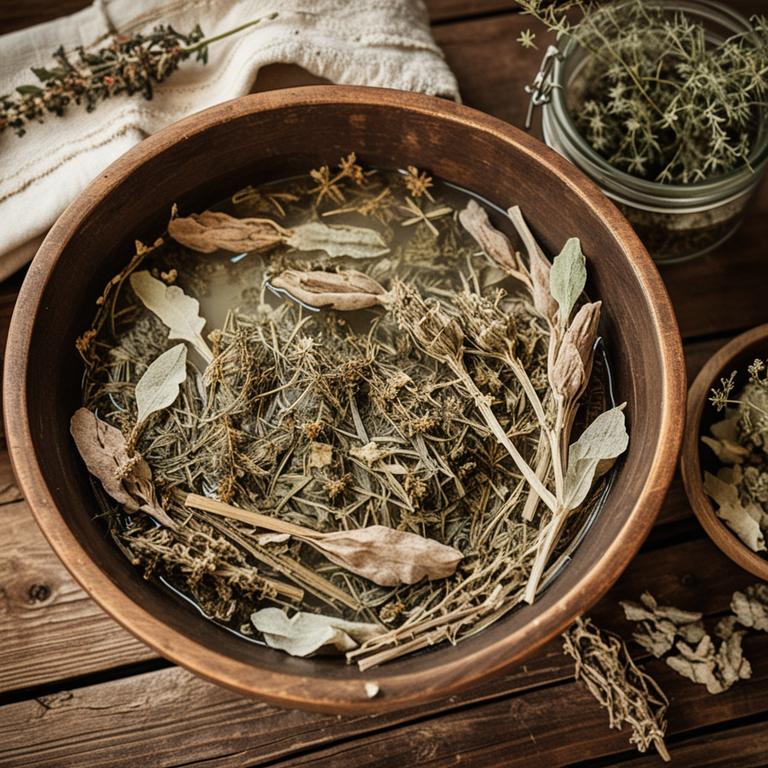
Cnicus benedictus, commonly known as bishop’s weed, has been traditionally used in herbal baths to alleviate leg cramps due to its mild sedative and muscle-relaxing properties.
When infused into warm water, the essential oils and compounds from the plant may help soothe muscle tension and reduce the frequency of cramps, particularly in the legs. The anti-inflammatory and circulatory benefits of Cnicus benedictus can improve blood flow, which may further support muscle recovery and relaxation. While scientific research on its efficacy for leg cramps is limited, many users report a calming effect that complements other treatments.
As with any herbal remedy, it is advisable to consult a healthcare professional before incorporating Cnicus benedictus baths into a wellness routine.
8. Rosa canina
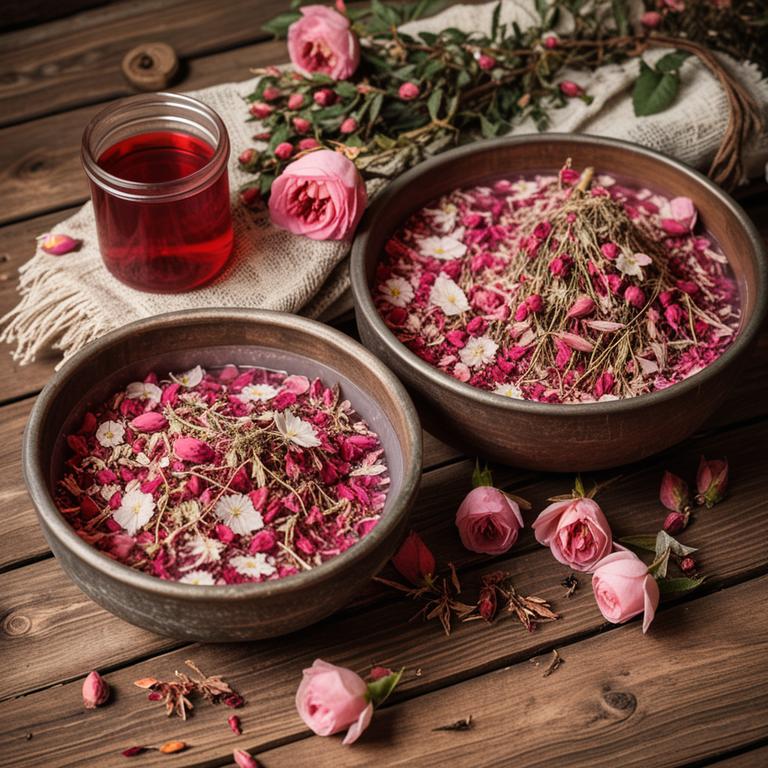
Rosa canina, also known as dog rose, has been traditionally used in herbal baths to alleviate symptoms of leg cramps due to its anti-inflammatory and circulatory benefits.
The flowers and hips of the Rosa canina plant contain high levels of vitamin C, antioxidants, and essential oils that may help soothe muscle tension and improve blood flow. When infused into bathwater, the aromatic compounds can have a calming effect on the muscles, reducing the frequency and intensity of cramps. Regular use of Rosa canina herbal baths may support overall muscle relaxation and promote a sense of well-being.
This natural remedy is often recommended as a complementary therapy for individuals experiencing chronic leg cramps, especially when combined with proper hydration and stretching routines.
9. Thymus vulgaris
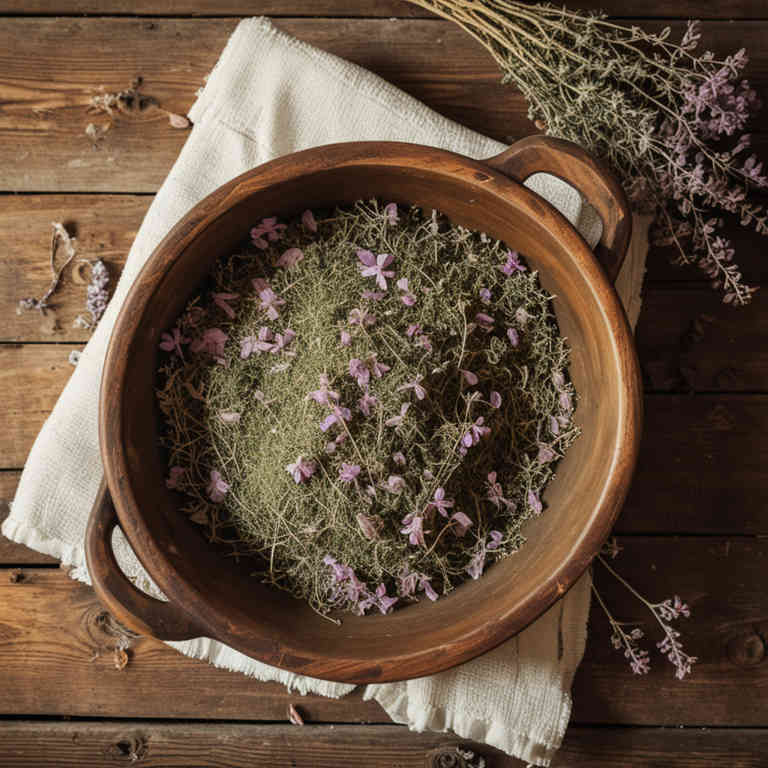
Thymus vulgaris, commonly known as thyme, has been traditionally used in herbal baths to alleviate symptoms of leg cramps due to its warming and circulatory stimulating properties.
When infused into bathwater, thyme essential oil or dried thyme leaves can help improve blood flow to the legs, reducing muscle tension and easing cramping. The aromatic compounds in thyme also have a calming effect, which can help relax the muscles and promote overall relaxation. To use thyme in a herbal bath, simply add a few drops of thyme essential oil or a handful of dried thyme to warm water and soak for 15 to 20 minutes.
While thyme baths may provide natural relief for occasional leg cramps, they should not replace medical advice for persistent or severe muscle spasms.
10. Piper nigrum
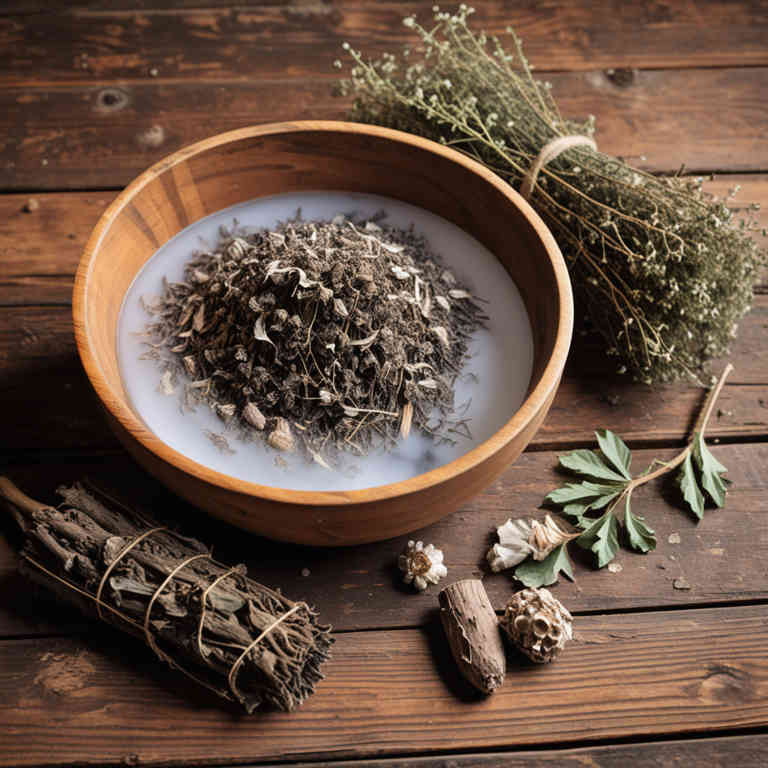
Piper nigrum, commonly known as black pepper, has been traditionally used in herbal remedies for its warming and circulatory stimulating properties.
When incorporated into herbal baths, black pepper can help alleviate leg cramps by improving blood flow and reducing muscle tension. The essential oils and compounds in black pepper, such as piperine, may have mild analgesic and anti-inflammatory effects that support muscle relaxation. To use piper nigrum in a bath, it can be added to warm water or mixed with other herbs like ginger or Epsom salts for enhanced benefits.
While generally safe, it is advisable to perform a patch test and consult a healthcare professional if you have sensitive skin or underlying medical conditions.